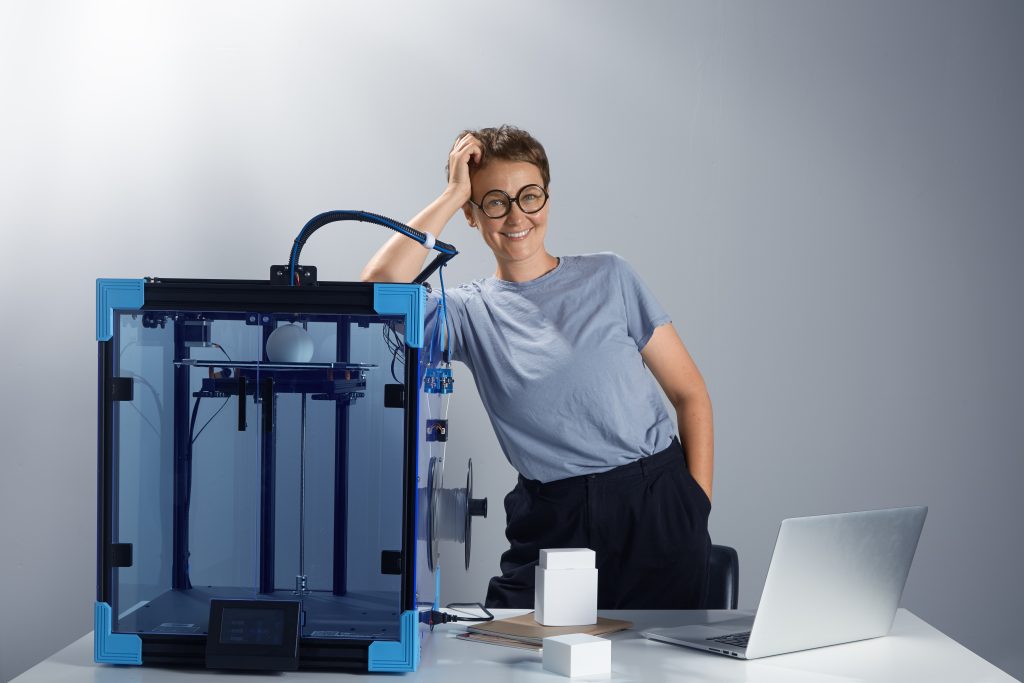Are you curious about how long it really takes for a 3D printer to complete a project? In this article, we will delve into the various factors and technologies that affect the speed of 3D printing. We will explore different types of printers like FDM, SLA, DLP, and SLS, and how each one has its own printing speeds and capabilities. Additionally, we will discuss the impact of layer height, print material, object complexity, and print settings on printing speed. Stay tuned to discover tips for maximizing speed without compromising quality and future trends in 3D printing speed.
Factors Influencing 3D Printer Speed
When it comes to 3D printer speed, there are several factors that can influence how long it takes for your object to be printed. Understanding these factors is crucial in optimizing print settings and improving printer technology to achieve faster print speeds.
One of the key factors affecting print speed is the type of 3D printer technology being used. Different technologies, such as Fused Deposition Modelling (FDM), Stereolithography (SLA), Digital Light Processing (DLP), and Selective Laser Sintering (SLS), have varying printing speeds. Each technology has its own advantages and limitations when it comes to speed.
Additionally, the layer height and resolution chosen for the print can impact the printing speed. Smaller layer heights require more layers to be printed, resulting in longer print times. Similarly, using materials with specific properties, such as viscosity or curing time, can affect how quickly a model is printed.
The complexity and size of the object being printed also play a role in determining the print speed. More intricate designs may require slower printing speeds to ensure accuracy, while larger objects naturally take longer to complete.
Lastly, optimizing print settings like infill density and nozzle size can help improve overall printing speed. Adjusting these settings based on the desired outcome can significantly impact how fast an object is printed.
Comparison of Different 3D Printing Technologies
FDM, SLA, DLP, and SLS are the four main types of 3D printing technologies. Each technology has its own advantages and is suited for different applications. FDM 3D printers, for example, are the most popular type on the market. They work by extruding heated thermoplastics layer-by-layer to create objects. FDM printers can achieve speeds ranging from 40-60mm/s up to 150mm/s. This makes them ideal for producing rough prototypes quickly. However, they may not be suitable for models with finer features.
On the other hand, SLA and DLP 3D printers use light to cure a liquid photopolymer resin layer-by-layer. While SLA printing is generally slower compared to FDM due to the time it takes for each layer to cure, DLP printers can cure whole layers at once resulting in faster printing times. The speed of SLA vs DLP printing ultimately depends on factors such as object size and complexity.
SLS 3D printers are commonly used in industrial applications where speed is crucial. With SLS technology, nylon/polyamide particles are fused together using a high-powered laser without requiring supports like other technologies do. This eliminates the need for post-processing steps and speeds up the overall print process.
Achieving Maximum Printing Speeds: Tips and Techniques
To achieve maximum printing speeds, you can optimize the print settings and utilize techniques such as continuous printing and multi-nozzle systems. Optimizing print settings involves adjusting parameters such as layer height, infill density, and nozzle size to find the optimal balance between speed and quality. By reducing print time, you can increase overall productivity and efficiency.
Continuous printing is a technique where multiple objects are printed one after another without pausing in between. This eliminates the need for manual intervention and reduces idle time, significantly improving print speed. Multi-nozzle systems allow for simultaneous printing of multiple parts or layers, further increasing throughput.
In addition to these techniques, it is essential to choose the right 3D printing technology that aligns with your speed requirements. Fused Deposition Modelling (FDM) printers are known for their fast speeds but may sacrifice finer details. Stereolithography (SLA) printers offer higher resolution but are slower due to the curing process. Digital Light Processing (DLP) printers strike a balance between speed and quality by curing whole layers at once.
The Impact of Printing Speed on Project Timelines
Achieving faster printing speeds can have a significant impact on project timelines. The speed at which your 3D printer operates directly affects the duration of your prints and, subsequently, the completion date of your projects. However, it is important to optimize print speed without sacrificing quality, as print quality also plays a crucial role in project timelines.
By balancing the need for faster printing with the requirement for high-quality prints, you can reap multiple benefits across different industries. For example, in product development and prototyping, faster printing speeds allow for quicker iterations and testing cycles. This means that designs can be validated and refined more rapidly, reducing time to market.
In manufacturing and production environments, faster printing speeds enable quicker turnaround times for custom or low-volume parts. This enhances operational efficiency by reducing lead times and increasing overall productivity.
Moreover, industries such as healthcare and aerospace benefit from faster printing speeds through reduced wait times for critical components or medical models. This enhances patient care and expedites research timelines.
The Future of 3D Printing Speed: Trends and Innovations
Innovations in 3D printing technology are driving the future of faster print speeds, revolutionizing industries and opening up new possibilities. High speed resin printers, AI optimized printing, and collaborative speed advancements are among the key factors contributing to this exciting development.
One significant advancement in 3D printing speed is the introduction of high speed resin printers. These printers utilize advanced engineering techniques to achieve faster curing times for liquid photopolymer resins. By optimizing the curing process, these printers can significantly reduce the overall printing time while maintaining high levels of precision and accuracy.
Additionally, AI optimized printing plays a crucial role in enhancing print speeds. Artificial intelligence algorithms analyze various parameters such as object complexity, layer height, and material properties to optimize print settings for maximum efficiency. This intelligent automation allows for faster processing and reduces the need for manual intervention during the printing process.
Furthermore, collaborative efforts within the industry have led to significant advancements in speed. Manufacturers, researchers, and engineers are working together to develop new technologies and techniques that push the boundaries of printing speed. By sharing knowledge and resources, they accelerate progress and drive innovation in this field.
With high-speed resin printers, AI optimization, and collaborative advancements at play, we can expect even faster print speeds in the future. These developments will enable industries to expedite production processes while maintaining quality standards. As a result, businesses will be able to deliver products more quickly to market and meet increasing demands with greater efficiency than ever before. The future of 3D printing speed looks promising indeed.



